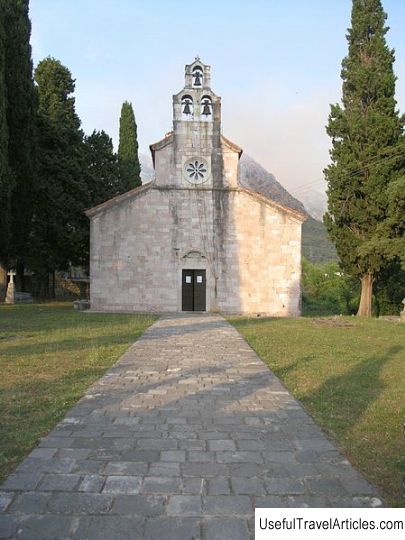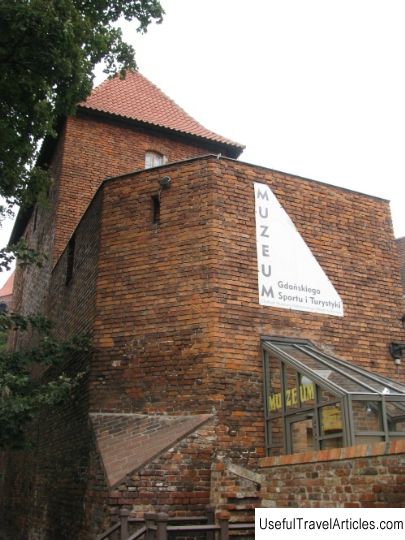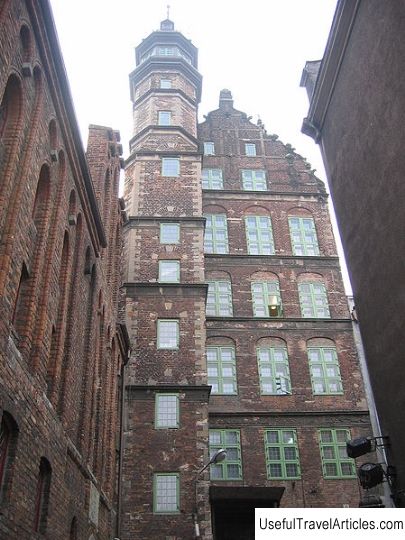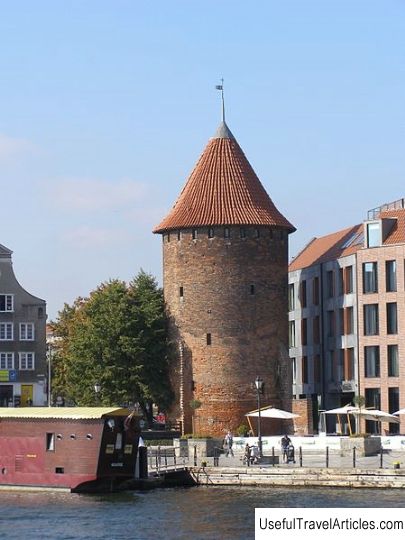Fortress Wisloujscie (Twierdza Wisloujscie) description and photos - Poland: Gdansk
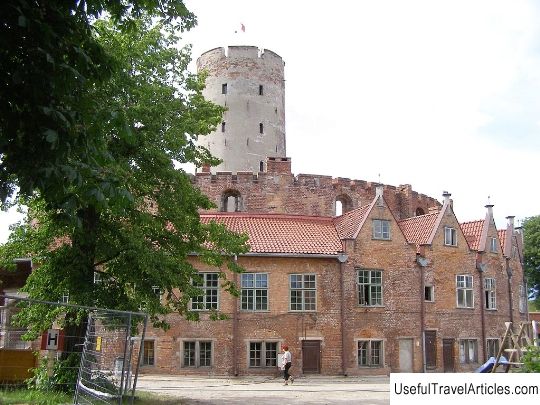
Twierdza Wisloujscie fortress description and photos - Poland: Gdansk. Detailed information about the attraction. Description, photographs and a map showing the nearest significant objects. The title in English is Twierdza Wisloujscie. Photo and descriptionWisloujscie Fortress is a historic fortress located in Gdansk at the mouth of the Vistula River. The fortress was a well-fortified fortification. During the time of the Teutonic knights in the 14th century, where the Vistula flows into the Baltic Sea, there was a wooden guard house, burnt down in 1433. In 1482, a brick tower with a lantern was built on this site. The main function of the tower was to control river traffic and protect access to the port of Gdansk. The foundation of the fortress was made of large wooden boxes filled with stones that were under water. In the center of the fortress there is a cylindrical tower - the same medieval lighthouse, which is surrounded by a brick wall. In 1609, Fort Kare was built with four bastions. The fort is surrounded by a moat. In 1622-1629, the fortress served as the base of the Polish fleet. On the night of July 5-6, 1628, Polish ships were attacked by Swedish troops, two ships sank. At various times, the fortress was attacked: it was unsuccessfully besieged by Stefan Batory in 1577, it was shelled by the Swedes in In 1734, in 1807 it suffered from Napoleon, and in 1814 from the Prussian troops. Before the First World War, the fortress housed a prison, and in the post-war period a yacht club was opened. In 1945 the fortress was damaged by the Red Army. In 1974, a branch of the Historical Museum of Gdansk was opened inside. Currently, the fortress is an important architectural monument, as well as one of the largest wintering grounds for bats. On the night of July 5-6, 1628, Polish ships were attacked by Swedish troops, two ships sank.At various times, the fortress was attacked: it was unsuccessfully besieged by Stefan Batory in 1577, it was shelled by the Swedes in In 1734, in 1807 it suffered from Napoleon, and in 1814 from the Prussian troops. Before the First World War, the fortress housed a prison, and in the post-war period a yacht club was opened. In 1945 the fortress was damaged by the Red Army. In 1974, a branch of the Historical Museum of Gdansk was opened inside. Currently, the fortress is an important architectural monument, as well as one of the largest wintering grounds for bats. On the night of July 5-6, 1628, Polish ships were attacked by Swedish troops, two ships sank.At various times, the fortress was attacked: it was unsuccessfully besieged by Stefan Batory in 1577, it was shelled by the Swedes in In 1734, in 1807 it suffered from Napoleon, and in 1814 from the Prussian troops. Before the First World War, the fortress housed a prison, and in the post-war period a yacht club was opened. In 1945 the fortress was damaged by the Red Army. In 1974, a branch of the Historical Museum of Gdansk was opened inside. Currently, the fortress is an important architectural monument, as well as one of the largest wintering grounds for bats. At various times, the fortress was attacked: it was unsuccessfully besieged by Stefan Batory in 1577, it was shelled by the Swedes in 1734, in 1807 it was damaged by Napoleon, and in 1814 by the Prussian troops.Before the First World War. a prison was located in the fortress, and in the post-war period a yacht club was opened. In 1945 the fortress was damaged by the Red Army. In 1974, a branch of the Historical Museum of Gdansk was opened inside. Currently, the fortress is an important architectural monument, as well as one of the largest wintering grounds for bats. At various times, the fortress was attacked: it was unsuccessfully besieged by Stefan Batory in 1577, it was shelled by the Swedes in 1734, in 1807 it was damaged by Napoleon, and in 1814 by the Prussian troops.Before the First World War. a prison was located in the fortress, and in the post-war period a yacht club was opened. In 1945 the fortress was damaged by the Red Army. In 1974, a branch of the Historical Museum of Gdansk was opened inside. Currently, the fortress is an important architectural monument, as well as one of the largest wintering grounds for bats. Before the First World War, the fortress housed a prison, and in the post-war period a yacht club was opened. In 1945 the fortress was damaged by the Red Army. In 1974, a branch of the Historical Museum of Gdansk was opened inside.Currently, the fortress is an important architectural monument, as well as one of the largest wintering grounds for bats. Before the First World War, the fortress housed a prison, and in the post-war period a yacht club was opened. In 1945 the fortress was damaged by the Red Army. In 1974, a branch of the Historical Museum of Gdansk was opened inside.Currently, the fortress is an important architectural monument, as well as one of the largest wintering grounds for bats.       We also recommend reading Muckross House description and photos - Ireland: Killarney Topic: Fortress Wisloujscie (Twierdza Wisloujscie) description and photos - Poland: Gdansk. |
